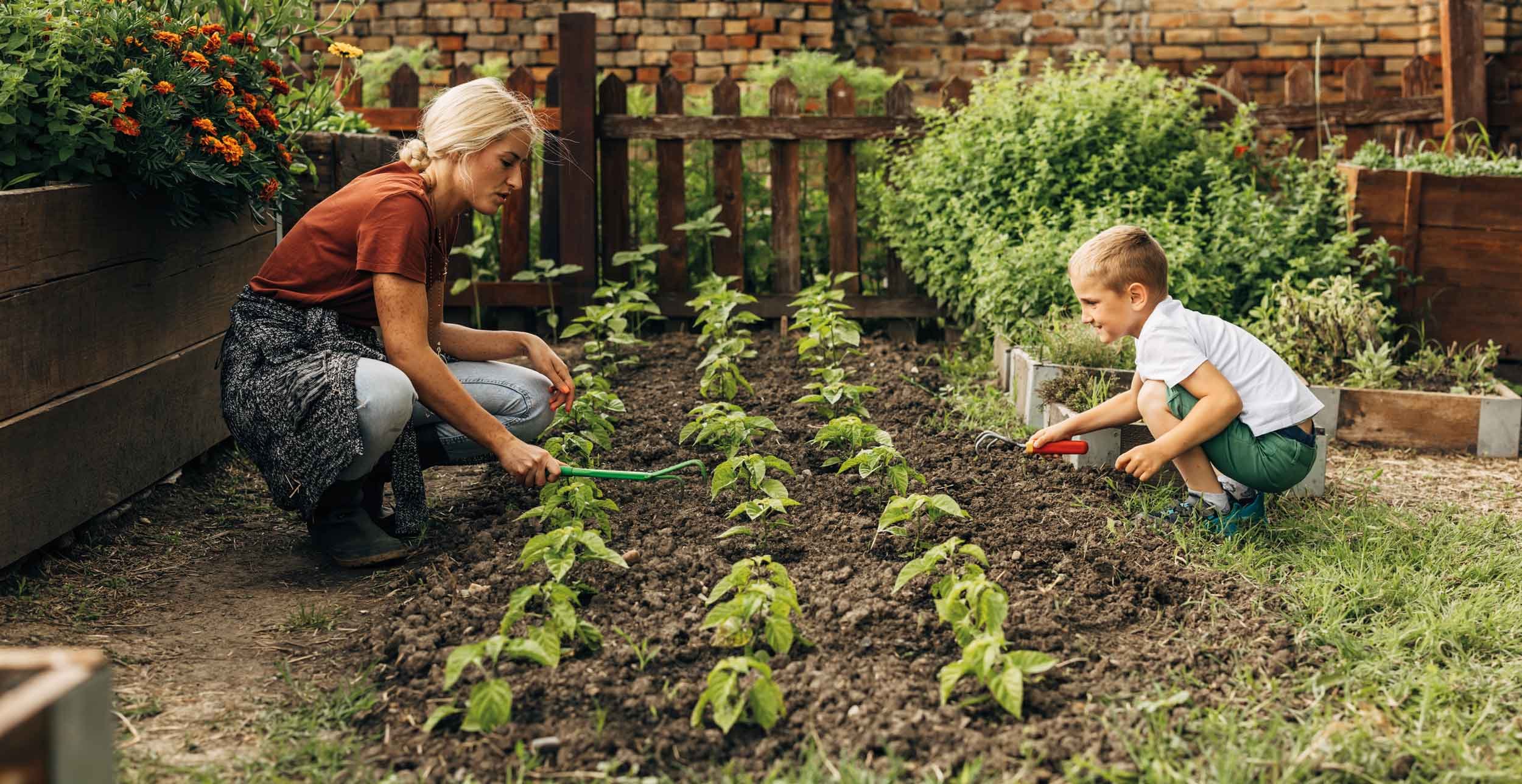How to setup your bokashi bin
Bokashi is a fermentation process originating from Japan, which involves the breakdown of food waste.
Many people will think of composting first when it comes to recycling food waste in the home. But, Bokashi provides even more incredible benefits for the environment and can be easily and safely used inside the home to utilise food waste, with the end product also providing incredible benefits for the garden.
For those setting up their Bokashi bins for the first time, this blog provides top tips on how to set up Bokashi waste bins and explains how the waste can be used.
How do I set up my Bokashi waste bin?
The Bokashi fermentation process takes place inside an airtight container such as the Bokashi waste bin, so the conditions are anaerobic.
Cooked and uncooked food waste can be placed inside the waste bin but must be chopped into small chunks as this allows the fermentation process to take effect quickly.
To encourage the breakdown of organic matter, Bokashi bran must first be sprinkled onto the food waste. This contains wheat bran and effective microorganisms which helps to initiate the fermentation process.
After this, the food waste should be pushed down so that it consolidates. The lid should then be placed on top.
Top tip:
It’s important to regularly drain off the liquid that collects at the bottom of the bin using the tap built into the bin. This liquid is created as the food waste breaks down but it’s important to drain it off so that the food waste stays consolidated.
How do I know when the Bokashi is ready?
Once full, it takes two weeks to create Bokashi in an airtight bin.
After this time, the Bokashi should smell sweet. If it smells rotten or unpleasant it’s possible that there has been an issue affecting the fermentation process such as the entry of air that has led to the food waste rotting.
Some liquid may also be present. This is completely normal and will likely be as a result of juicier foods such as fruits creating moisture as they breakdown.
The longer the waste is left inside the bin to breakdown, and the more frequently the juice is drained from the bin, the less moisture will be left in the bottom of the bin. This will result in a more consolidated end product which can be spread in the garden easily.
The next steps after Bokashi is ready
Once your Bokashi waste is ready, it can be spread in the garden as a nutrient rich fertiliser.
The best way to do this is to dig the waste into a small trench in the soil, and then cover the trench with a small amount of soil. In these conditions, the fermentation process is able to continue, and the nutrients retained throughout the fermentation process so far, can move into the soil.
Many note that after spreading Bokashi waste in their gardens, plants are much more vibrant and healthier and the activity of earthworms increases, highlighting just a few of the fantastic benefits Bokashi waste can provide.


